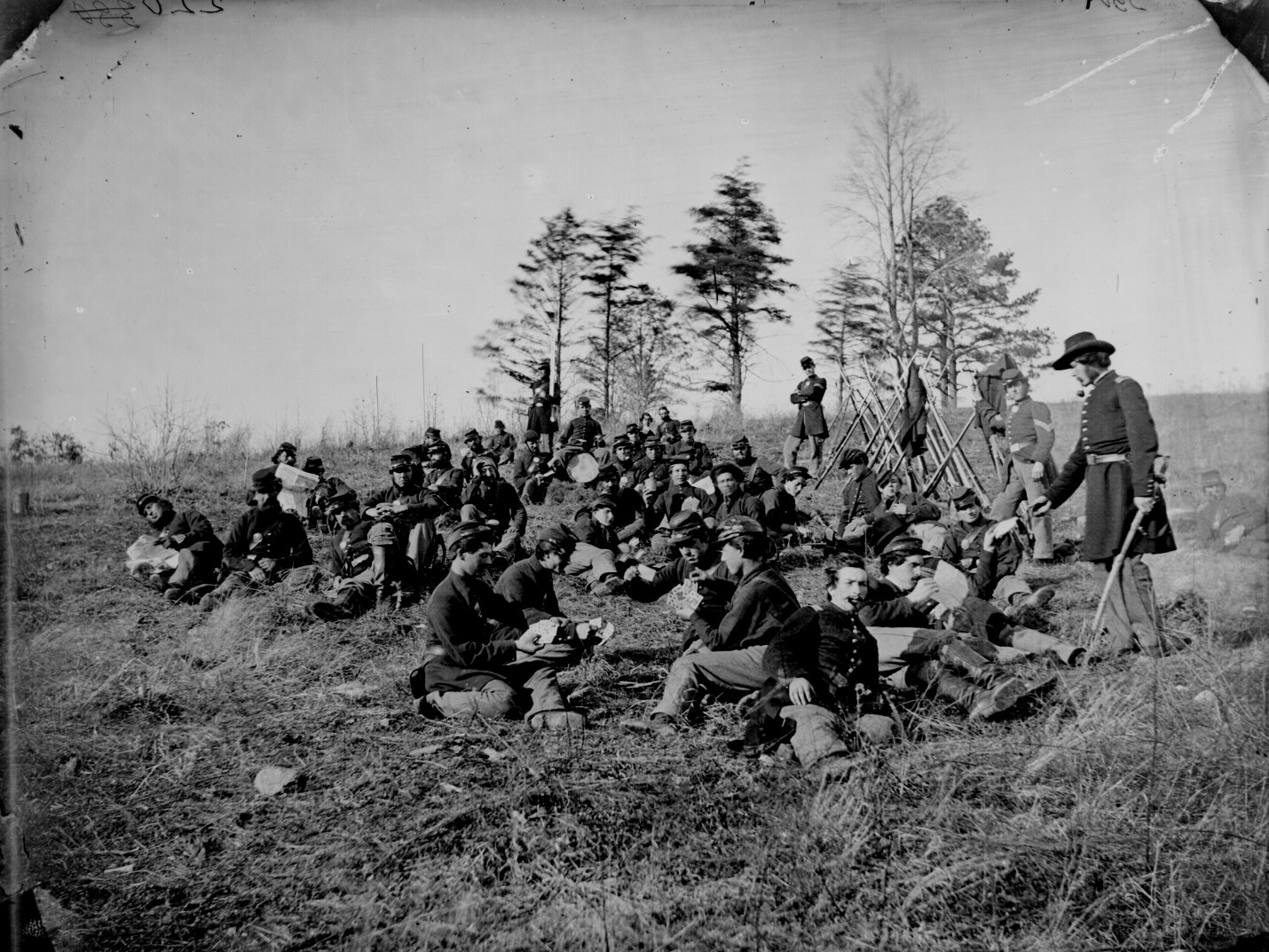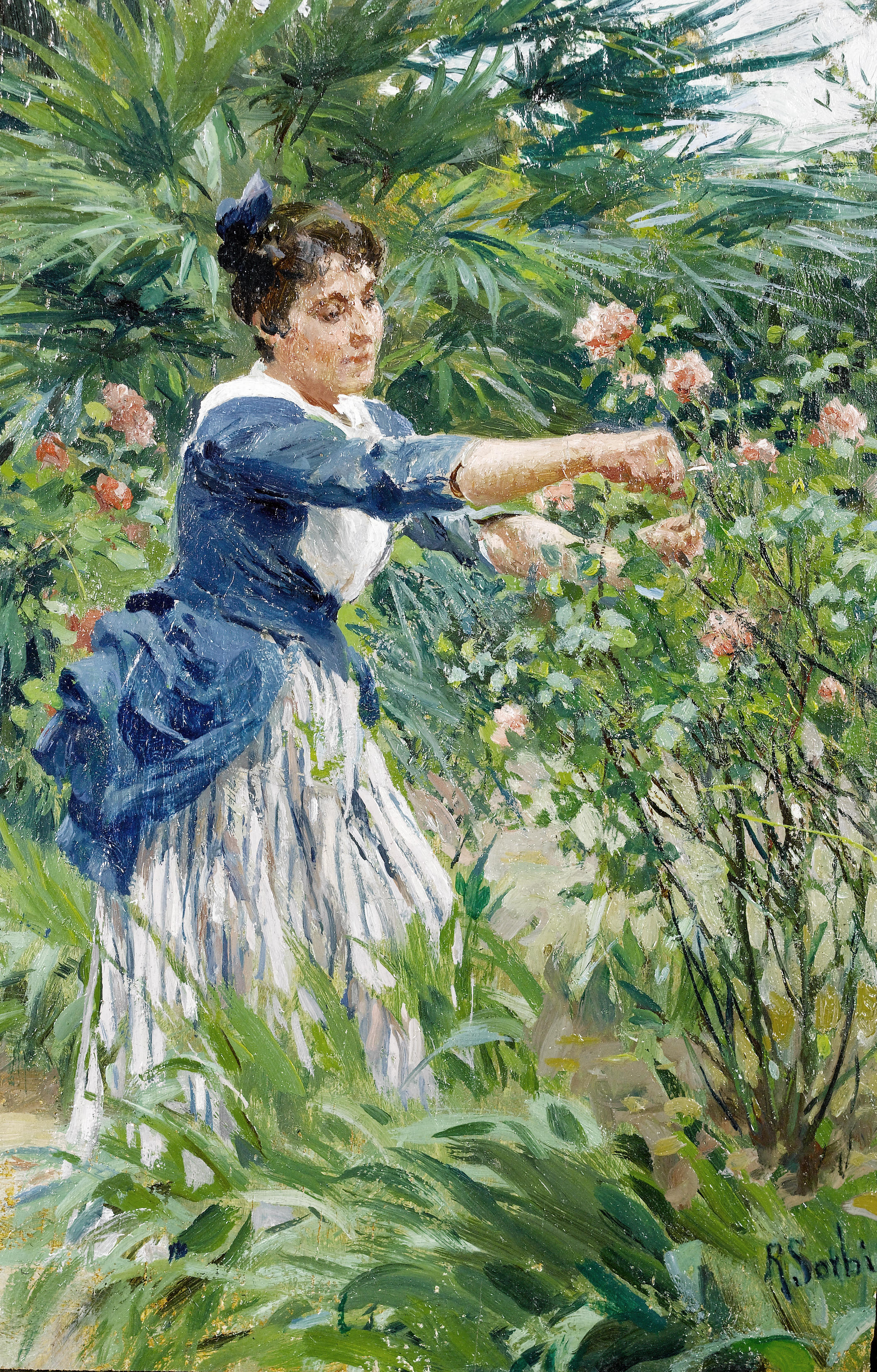Since it's Halloween, I used Newspapers.com to search some of the newspapers from areas where my ancestors are from or would have access to those publications to see if I could find any spooky ghost stories written up in the local papers.
So, here is one of my favorite spooky columns I found searching through the papers this week:
A Real Ghost
On November 4, 1873, an article ran in the Bristol News reporting on four train engineers which had all had odd sightings by the train tracks.
A fortnight ago Thomas Campbell, who was temporarily acting as engineer of [the] train that left Troy at forty-five minutes past four P.M., when passing Stoney lane, near the Aqueduct, saw a man standing between the tracks waving his hat and gesticulating vehemently. Campbell whistled "down breaks", and keeping his eye on the man, and being fearful of running over him, whistled again. While the speed of the train was being slackened the man seemed to disappear from sight. Campbell and his fireman both express a willingness to swear to this statement. They affirm that the man did not walk away: he vanished into the air. After the train arrived in Scheneetady they related the circumstance to the other men employed on the train. There are several hypotheses by which this circumstance if it stood alone could be explained. But we can offer no explanation for what follows. On Monday of this week William Mower, the engineer on the train, saw on the same spot two human arms. When the train reached the place the arms disappeared. Tuesday evening the roof of the cab was struck by a stone which the engineer says would have come from only one direction - the sky. Wednesday evening John Lawrence, engineer of the gravel train, at precisely the same spot saw arms. The hands attached thereto were not clenched as before, but were open and held two balls of glowing fire. Last evening, at exactly the same time and place, Lawrence discovered the body of a man lying across the track. In vain he essayed to stop the train. His efforts were futile. The locomotive and all the cars passed over the prostrate form. As speedily as possible the train was stopped, and all proceeded to the place where the form had been seen, expecting to see a bloody and mutilated corpse. They found nothing, not even a spot of blood. Then the conclusion forced itself upon the mind of the engineer that he ran over a ghost. He is an ardent spiritualist, and he is positive in the belief that something about the occurrence was supernatural. -- Troy Times
"A Real Ghost" Bristol News (Bristol, TN), 04 Nov 1873, p. 4, col. 2; Digital image (https://www.newspapers.com/image/76176961/); Accessed 25 Oct 2017.









































